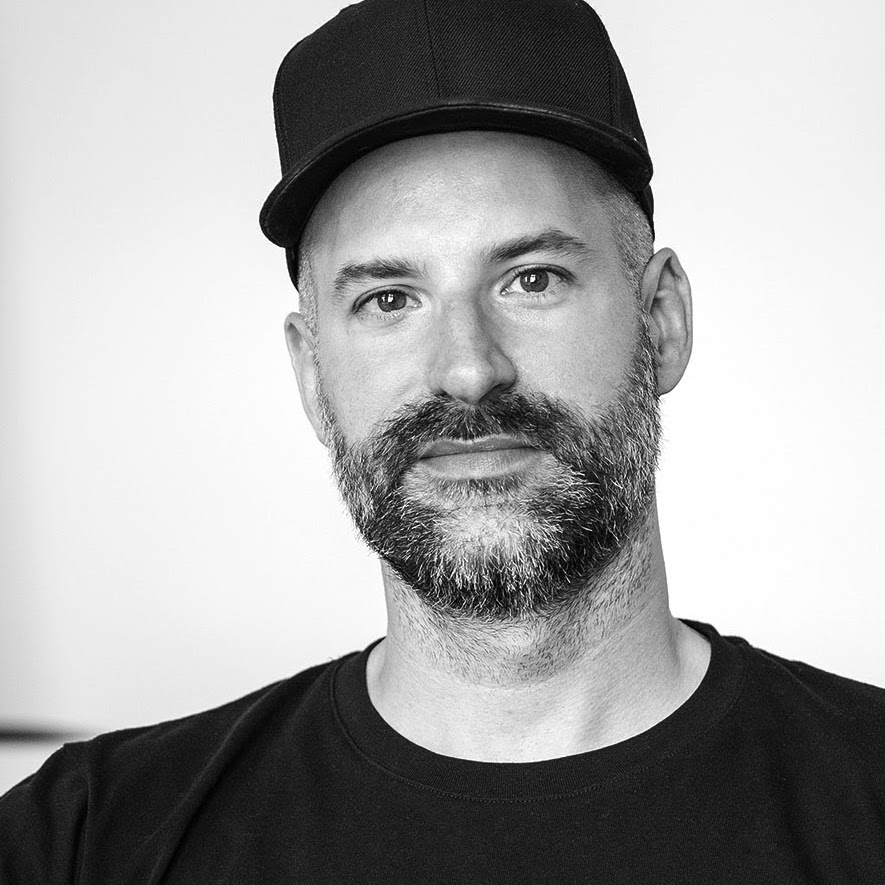Key Takeaways
Successful workplace design integrates AI agents to automate routine tasks, freeing human teams for strategic work and boosting productivity.
Team Architects are crucial leaders who redefine roles and responsibilities to create clear, effective collaboration in hybrid human-AI teams.
A structured approach to change management, including pilot programs and clear training, is essential for seamless AI adoption and employee enablement.
Today's teams face a storm of shifting priorities and digital overload. Old hierarchical charts simply cannot keep up, leaving roles blurry and people fatigued. The hero of this story is the "Team Architect"-you. By leveraging strategic employee enablement, AI agents, and intentional workplace design, you can bring clarity and purpose back to your team. This guide provides a blueprint for building resilient, high-performing hybrid teams where humans and AI work in perfect harmony. Let's build the future of work, one clear role at a time.
Confronting the Chaos of Modern Work
The modern workplace is a complex system, with over 70 percent of German workers citing well-being programs as a key motivator to combat rising stress. Traditional, static organizational charts fail to capture the dynamic nature of today's projects, leading to confusion. This lack of clarity is a major hurdle in effective organizational development. More than 60 percent of employees in Germany say finding meaning in their work is a top reason for staying with a company. A new approach is needed to define how work gets done. This sets the stage for a fundamental shift in team structure.
Integrating AI Agents as a Catalyst for Clarity
AI is no longer a futuristic concept; it's a practical tool for employee enablement. In Germany, 36 percent of companies are already using AI, a figure that nearly doubled in just one year. These AI agents excel at automating routine processes, with 32 percent of implementations focused on workflow automation. This frees up human team members to focus on high-value strategic work. Proper AI agent integration is the first step toward building a smarter, more efficient team. By handling the mundane, AI gives your team the space to innovate. This shift requires a new way of thinking about team roles.
Designing the Next-Generation Hybrid Team
Effective workplace design is crucial when integrating AI. With hybrid work now standard for over 12 percent of Europeans, physical and digital spaces must evolve. Only 15 percent of global meeting rooms are equipped for effective video collaboration, a gap that hinders hybrid teams. Redefining roles and responsibilities is central to this new design. A Fraunhofer IAO study confirmed that remote work can increase productivity when structured correctly. Our Playful Tip: Think of your team like a band, with each member, human or AI, knowing their part to play in the song. This clarity is key for a hit performance. A well-designed workflow ensures everyone stays in sync.
Deep Dive: A Checklist for Human-AI Role Definition
Use this checklist to clarify tasks and ownership in your hybrid team:
- Identify all repetitive tasks suitable for AI automation (e.g., data entry, scheduling).
- Define the specific AI agent responsible for each automated task.
- Assign a human team member to oversee each AI agent's performance and quality.
- Map out the handoff points where a task moves from an AI agent to a human.
- Clearly document who makes the final decision for AI-assisted processes.
- Schedule regular, 15-minute check-ins to review the human-AI workflow.
- Update role cards to reflect new, AI-augmented responsibilities for team members. See how you can try teamdecoder for free to manage these roles.
This structured approach to human-AI workflow design prevents confusion and maximizes efficiency. It prepares your team for the next phase of transformation.
A Playbook for Leading Organizational Transformation
Leading this shift requires a clear strategy for change management. In the EU, 28 percent of workers are in roles that AI can augment, boosting their productivity with the right skills. Yet, 42 percent of Europeans lack basic digital skills, highlighting a critical training gap. Our Playful Tip: Don't just throw technology at your team and hope for the best-that's a _Highway to Hell_. Instead, create a structured onboarding process for new AI tools. A successful transformation focuses on people first, technology second. This ensures your team feels supported, not replaced. The next step is to operationalize this new structure across the organization.
Deep Dive: Five Steps to Seamless AI Integration
Follow these five steps for a smooth transition:
- Assess Readiness: Survey your team to identify the top three friction points that AI could solve.
- Pilot Program: Select one team of five to ten people to test a new AI agent for 30 days.
- Gather Feedback: Hold two feedback sessions during the pilot to capture insights and address concerns.
- Develop Training: Create a simple, one-page guide and a 20-minute training video based on the pilot team's experience.
- Scale Incrementally: Roll out the AI agent to two additional teams per month, refining the process each time.
This methodical approach to employee empowerment ensures adoption and minimizes disruption. Now, let's look at the results you can expect.
Measuring the Real-World Impact of AI Enablement
The benefits of a well-designed, AI-enabled workplace are tangible. In Europe, AI is projected to deliver medium-term productivity gains of around 1.1 percent across the economy. Companies that successfully integrate AI see measurable improvements in efficiency and output. By 2030, it is estimated that 27 percent of current work hours in Europe could be automated. The EU AI Act, adopted in 2024, provides a clear regulatory framework, prohibiting certain high-risk applications like emotion recognition AI in the workplace. This governance ensures that your strategy for AI agent integration is both effective and compliant. These gains set the foundation for scaling your success.
Scaling Success with Hybrid Intelligence
You've built a successful hybrid team-now it's time to make it the standard. Scaling this model of employee enablement and workplace design requires a dynamic tool. It's a _Kind of Magic_ when roles are clear and workflows are smooth across dozens of teams. This is where a dedicated platform for organizational development becomes essential. It allows you to manage evolving roles and responsibilities as you grow. With the right system, you can replicate your success and maintain clarity at any scale. This is how you build a truly resilient and future-proof organization.
Try teamdecoder for free - shape your team and make change feel like play!
More Links
BCG provides insights from a study indicating that two-thirds of German workers utilize AI in their professional lives.
Federal Institute for Vocational Education and Training (BIBB) offers information regarding digitalization and its implications for the future of work.
Bavarian State Institute for Digital Transformation (BIDT) presents a monitor on the prevalence and acceptance of generative AI within German workplaces.
PwC shares a press release forecasting that AI will significantly boost productivity growth and salaries.
Federal Ministry of Labor and Social Affairs (BMAS) provides a report detailing technology scenarios for generative AI and its projected impact on work up to 2030.
Federal Ministry of Labor and Social Affairs (BMAS) offers information about the Council of the Working World, with a focus on the digitalization of the professional sphere.
University of St. Gallen presents insights on leveraging AI for organizational development strategies.
FAQ
How does teamdecoder help with AI agent integration?
teamdecoder provides a platform to clearly define and visualize roles and responsibilities within your team. When integrating AI agents, you can use it to map out which tasks the AI will handle, who is responsible for overseeing them, and how human team members' roles will evolve, ensuring everyone understands the new workflow.
Is this approach suitable for small businesses?
Yes. The principles of clarifying roles and using AI to automate tasks are scalable. Small businesses, especially those under five employees, can benefit by establishing clear responsibilities from day one, allowing them to scale efficiently without the chaos of undefined roles.
What is a 'Team Architect'?
A 'Team Architect' is anyone responsible for actively designing and building team structures, roles, and responsibilities. This can be a consultant, an HR business partner, a department head, or a startup founder. They are the key figures who lead organizational development and transformation.
How does this workplace design impact hybrid teams?
This design is built for hybrid teams. By using AI agents to handle administrative tasks and creating clear role definitions, it ensures that remote and in-office employees can collaborate effectively. It provides a central source of truth for 'who does what,' which is critical when team members are not physically in the same location.





